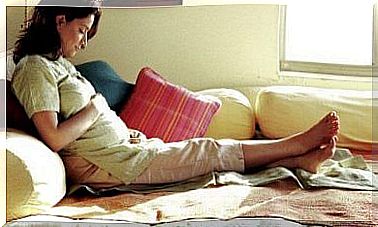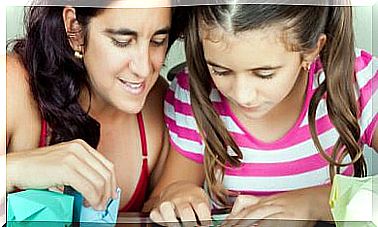2 Sensory Activities For Children
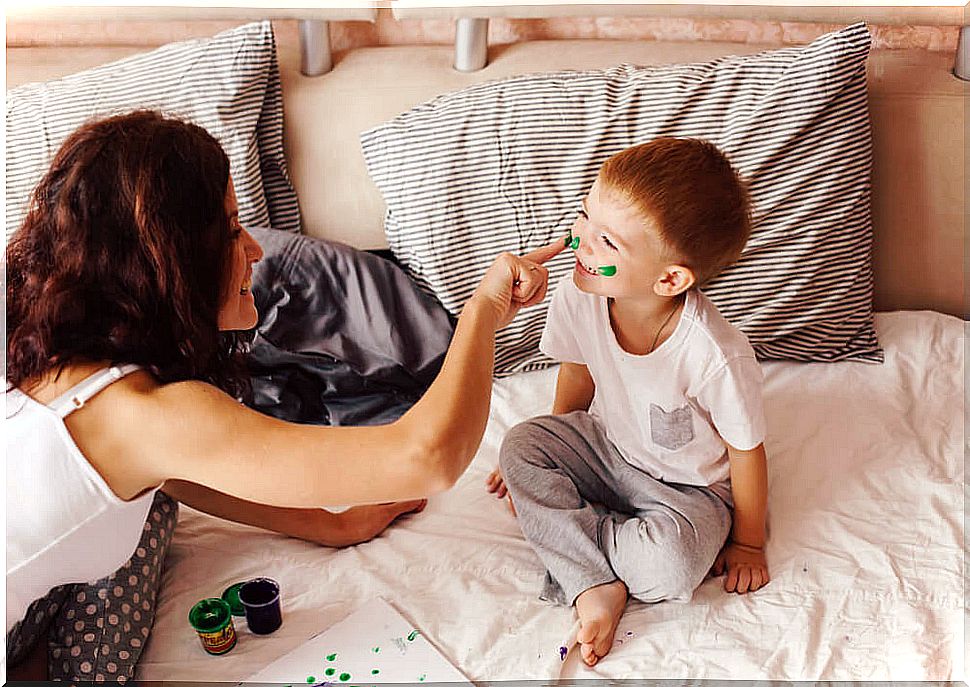
Sensory activities are effective educational tools that awaken creativity, imagination and develop the senses. They are ideal for entertaining young children and stimulating their interest in exploration and knowledge.
In this text we bring you two of them designed for children of one and two years.
Activity for the sense of sight in the one-year-old child
To stimulate the development of your one-year-old and, above all, the sense of sight, we recommend making a sensory bottle with bright colored balls.
Keep in mind that the lively colors of the spheres will catch your attention. Any time you put them in a bottle and your child tries to remove them, they will also put into practice fine motor skills and will delve into learning colors.
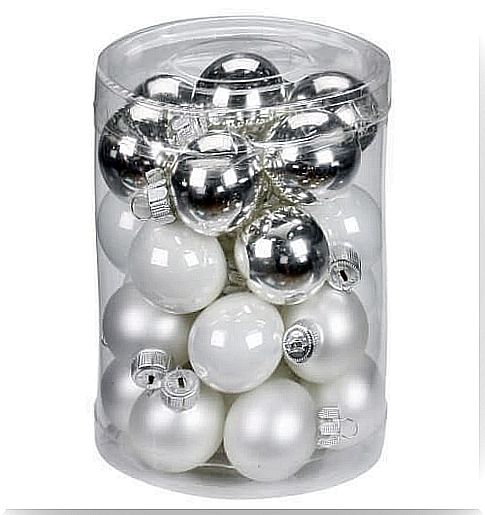
Building a sensory bottle for her to stimulate her sense of sight is extremely easy. It is enough to gather:
- Balls of various colors, all very vivid
- A clear plastic bottle
- Scotch tape
- Sand or any fine substrate
Manufacturing mode
Pour the balls into the jar until it is ¼ full. The number of spheres will depend on the size of the bottle you have.
Next, pour in the sand until the bottle is almost full, but the fill is three fingers below its opening.
Close the container with its lid and seal it with enough tape to prevent it from opening.
You will notice that as you move the sensory bottle, new spheres will appear that will immediately capture your child’s attention. Help him identify one or two colors, preferably primary colors: red, green, or blue, so that he can be introduced to this learning.
Give him this toy while he is in his pen or on the floor and you will see how much he entertains with it.
Activity for the sense of taste in the 2-year-old child
A hilarious and tasty way to give your two-year-old a sensory activity that he can “savor” is to make a nutritious and colorful veggie-filled sensory bottle.
The recipe is simple and easy to make like the rest of the salads. It is enough that you choose among all the vegetables, those that have different colors to form a beautiful range of light and dark tones.
Ah, for the edible toy to be eye-catching you will have to insert all the vegetable portions inside the container.
What do you need?
Among all the vegetables we recommend you choose:
- Leaves: chard, cabbage, spinach and lettuce
- Roots: radish and carrot
- Fruits: cucumber and tomato
- Stems: asparagus
- Bulbs: beetroot
- Flowers: broccoli and cauliflower
You should also look for a transparent plastic bottle that has a wide mouth so that you can introduce the vegetable pieces without problems.
When you have everything ready, get to work.
Wash the vegetables with plenty of water, at least twice, and chop them into small portions to make it easier for you to put them inside the chosen container.
Then, carefully insert the pieces into the sensory bottle, paying special attention to inserting them, as we told you before, to achieve an interesting diversity.
When finished, cover the container lightly and do not seal it.
Why is it important to make a vegetable sensory bottle for my child?
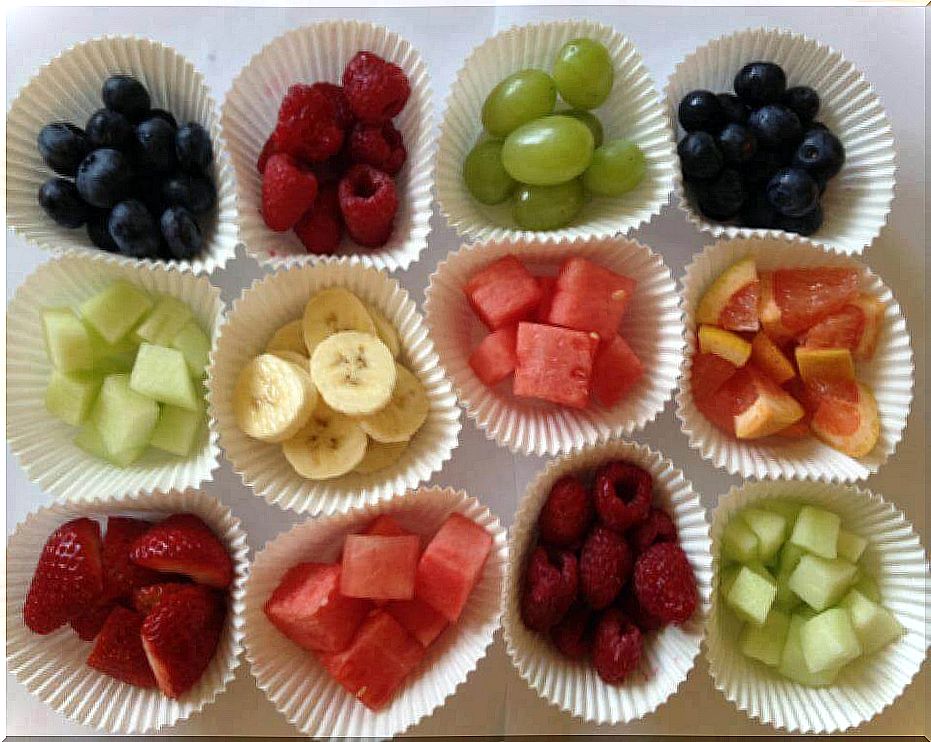
Mom, to carry out the previous activity you must help your son to try to identify some of the vegetables he sees.
Unless it is one that he likes a lot and eats frequently, he will have no idea what the name of the vegetable you point to him is, but that, learning the name of some vegetables and knowing how to identify them, will be the first learning that the sensory bottle of vegetables will give you.
Another of the knowledge that you will help him to make his own will be that of colors. The range of shades of the vegetables will help you to reaffirm or learn new colors.
Once your child knows the name of a vegetable and its color, he will need to open the lid to take out one of its servings and taste it. Thus, you will be putting into practice the greatest achievement of sensory activity: that of tasting the flavor of vegetables.
As you can appreciate, this game gives you the opportunity to make your little one eat vegetables almost without noticing it. An effective method especially for those children who at dinner leave the vegetables, intact, on the plate.


